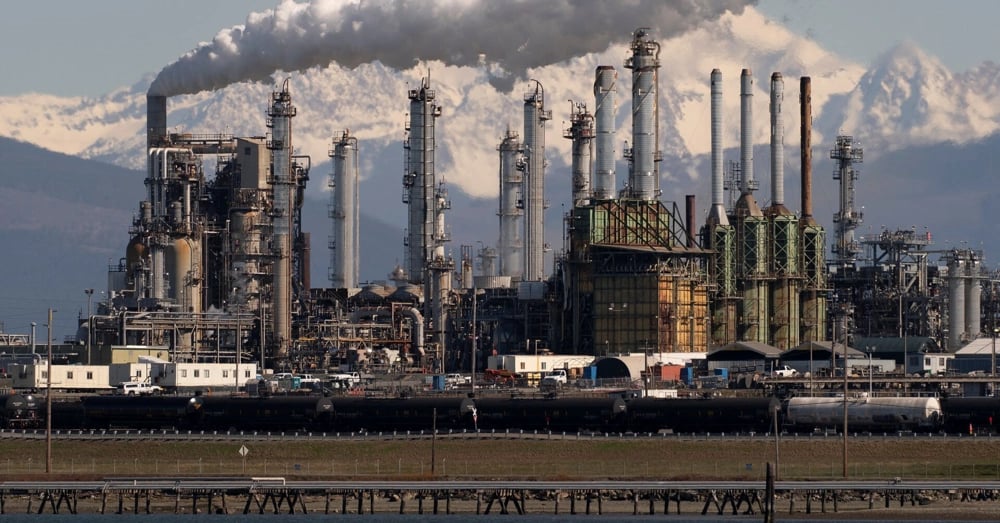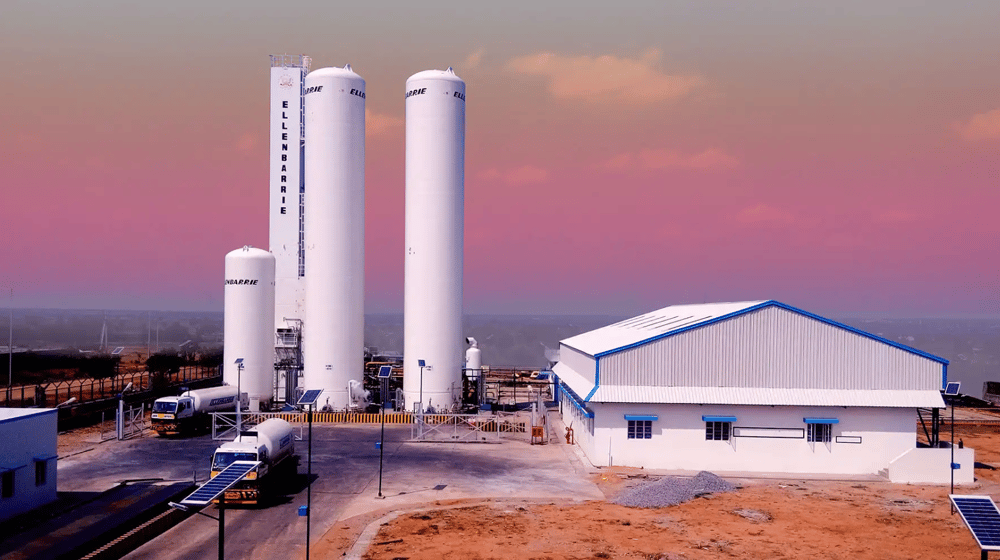Kazakhstan’s Crude Output Defies OPEC+ Quotas Amid Pressure on Oil Prices
In May 2025, Kazakhstan’s crude oil production rose by 2%, according to an industry source, defying agreed output targets under the OPEC+ production deal. The Central Asian producer’s repeated overproduction adds strain to an already fragile consensus within the alliance, as oil markets navigate geopolitical uncertainty, weaker global demand, and price volatility.
The output breach underlines the difficulty Kazakhstan faces in enforcing compliance among international energy majors such as Chevron Corp. $CVX and ExxonMobil Corp. $XOM, which operate key fields in the country.
Structural Frictions Undermine OPEC+ Supply Discipline
Kazakhstan’s increasing divergence from its OPEC+ production quota is not new, but the May uptick comes at a particularly sensitive time. In April, production had fallen by 3%, but remained above quota. The rebound in May raises new concerns within the alliance, especially as some members push for stricter discipline to support global oil prices (USD-denominated).
According to OPEC+ insiders, certain leading members are considering accelerating their own output in response, in part to penalize countries that consistently exceed their limits. This strategic pressure tactic could intensify downward momentum on Brent crude and WTI benchmarks if oversupply persists.
Kazakhstan's rationale is rooted in the operational independence of Western oil companies, which dominate large-scale projects like Tengiz and Kashagan. These joint ventures, structured under long-term investment frameworks, limit the government’s ability to swiftly adjust output levels, complicating compliance with external constraints.

Key Facts
Kazakhstan’s oil output increased by 2% in May 2025
This follows a 3% drop in April, which still exceeded OPEC+ quotas
International operators Chevron and ExxonMobil are central to Kazakh production
OPEC+ may boost its own production to punish quota violations
Oversupply could exert further pressure on global oil benchmarks
Market Reaction and Producer Dynamics
Brent crude and WTI prices showed muted response in early trading, though analysts expect downward pressure to build if OPEC+ retaliates by expanding supply. The market remains sensitive to quota breaches, especially as macroeconomic headwinds weigh on demand forecasts across Europe and Asia.
OPEC+’s internal cohesion is increasingly tested, with countries like Saudi Arabia and Russia frustrated by non-compliance among smaller producers. While some members favor a market-stabilizing approach, others are inclined toward price war tactics to assert leadership within the cartel and deter freeloading behavior.

Key Developments
Quota Breach Frequency – Kazakhstan’s repeated oversupply adds to trust erosion within OPEC+.
Operational Autonomy – Western-operated oil fields are harder to regulate due to commercial contracts.
Strategic Retaliation – OPEC+ may use output hikes to penalize non-compliance.
Market Risk Factors – Rising supply amid weak demand increases downside risk for oil futures.
Policy Implications – The case highlights governance challenges in OPEC+’s decentralized production framework.
Implications for Oil Markets and OPEC+ Stability
Kazakhstan’s 2% output rise in May, despite OPEC+ obligations, signals deeper structural weaknesses within the cartel. With USD-denominated crude prices facing headwinds from both supply and demand sides, the potential for internal retaliation raises volatility risks.
If OPEC+ cohesion weakens further, global oil markets may enter a phase of price instability, undermining recent efforts to balance post-pandemic recovery with long-term supply discipline. Kazakhstan’s case serves as a microcosm of the tension between national economic interests and collective cartel goals, which will remain a focal point for oil traders and policy analysts through 2025.















Comments
We're seeing the impact of bold investment strategies reshape the industry landscape.